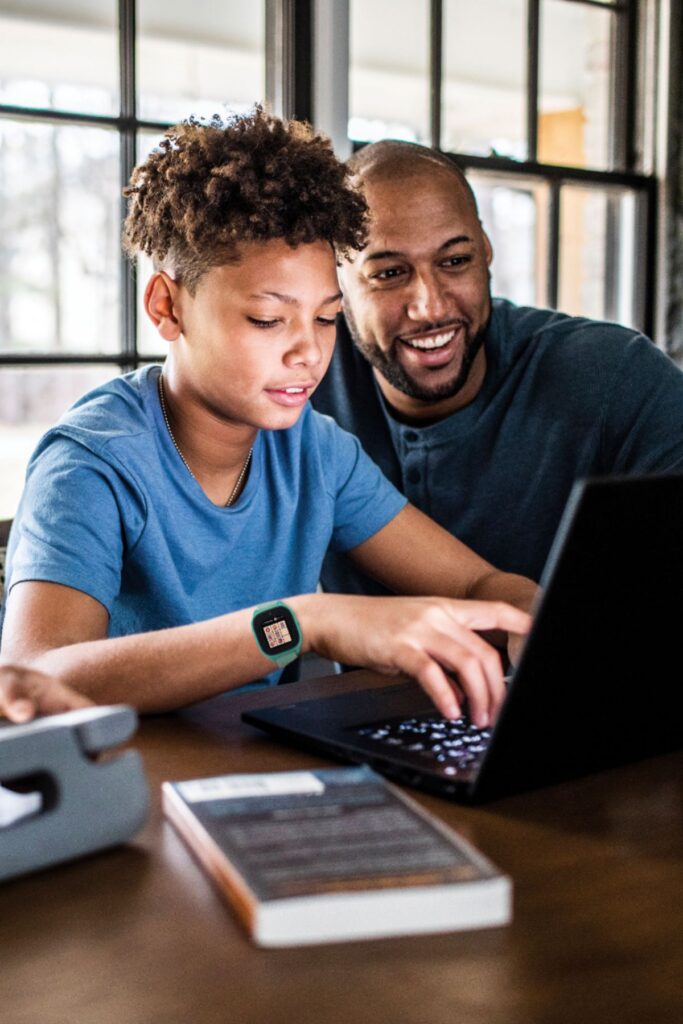1. Introduction to Digital & Remote Paediatric Care

In the last decade, digital and remote paediatric care has transitioned from an innovative idea to a healthcare necessity. With the rise of telemedicine, families now have access to qualified paediatricians without leaving home. The COVID-19 pandemic accelerated this shift, transforming digital platforms into vital lifelines for parents seeking timely medical advice.
Understanding the Concept of Virtual Paediatric Medicine
Virtual paediatric medicine involves using secure digital tools such as video calls, mobile apps, and wearable devices to monitor and treat children. It bridges the gap between healthcare providers and patients, ensuring children receive care regardless of geography or mobility.
Evolution of Paediatric Care Through Digital Transformation
Traditional paediatric care relied heavily on in-person visits. Today, healthcare has evolved into a hybrid system that integrates remote consultations, digital monitoring, and real-time health analytics. This evolution has not only enhanced convenience but also improved the quality and timeliness of child healthcare.
2. The Driving Forces Behind Remote Healthcare for Children
Several factors have contributed to the exponential growth of digital paediatric care.
Technological Advancements in Telehealth Platforms
High-speed internet, mobile health apps, and AI-powered diagnostic tools have revolutionized telehealth. Platforms like Amwell and Teladoc Health offer specialized paediatric services, enabling virtual consultations and remote follow-ups.
Post-Pandemic Shifts and Parental Acceptance
The pandemic normalized virtual healthcare, proving its reliability and safety. Parents quickly realized that remote consultations could offer the same level of professionalism as in-person visits while minimizing exposure to illnesses and reducing travel time.
3. How Telemedicine is Reshaping Paediatric Consultations
Virtual Checkups and Remote Diagnoses
Digital consultations allow paediatricians to assess symptoms, provide prescriptions, and even perform limited physical examinations using connected devices. For example, smart stethoscopes and otoscopes can transmit live data to physicians.
Enhancing Accessibility in Rural and Underserved Areas
Remote paediatric care eliminates geographical barriers. Families in rural areas, where access to specialists is often limited, can now receive high-quality medical advice online. This has drastically improved health equity among children.
4. Benefits of Digital Paediatric Care for Parents and Children
Convenience and Time Efficiency
Parents can schedule appointments according to their availability, reducing stress and waiting time. Virtual visits are especially useful for quick follow-ups or non-emergency conditions like mild fevers, allergies, or developmental queries.
Improved Monitoring and Chronic Care Management
Wearable devices and health apps allow paediatricians to monitor chronic conditions like asthma or diabetes in real-time. Continuous tracking enables timely interventions, helping prevent hospitalizations and complications.
5. The Role of Artificial Intelligence and Wearable Devices
AI in Predictive Paediatric Health Analysis
AI algorithms can analyze vast amounts of data to predict potential health risks in children. From detecting early signs of developmental disorders to flagging unusual symptoms, AI empowers doctors to make informed decisions faster.
Smart Wearables for Continuous Child Monitoring
Devices like Owlet Smart Socks or Fitbit Ace track a child’s sleep patterns, heart rate, and physical activity. These devices help parents and doctors gain insights into overall wellness, fostering proactive care.
6. Ensuring Data Privacy and Cybersecurity in Paediatric Telehealth
HIPAA Compliance and Data Protection Measures
Protecting sensitive health data is a top priority. Reputable telehealth platforms comply with HIPAA and other international standards to ensure all communications and records remain encrypted and confidential.
Parental Consent and Ethical Concerns
When dealing with minors, ethical guidelines are crucial. Parents must provide consent for remote treatments, and clinicians must ensure transparency in how data is used and stored.
7. Challenges and Limitations of Remote Paediatric Care
Technical Barriers and Connectivity Issues
Reliable internet access is not universal. Some families may struggle with connectivity, affecting the quality of virtual consultations.
Maintaining Emotional Connection and Trust Online
Building rapport is essential in paediatrics. While technology bridges distances, it may limit non-verbal cues and personal warmth — critical aspects of child healthcare.
8. The Future of Paediatric Healthcare: Hybrid Models of Care
Combining In-Person and Virtual Consultations
The future lies in hybrid care, combining physical visits for complex assessments with digital consultations for routine check-ins. This model ensures efficiency without compromising quality.
The Growing Role of Digital Health Ecosystems
Collaborations among hospitals, tech companies, and insurance providers are creating integrated ecosystems that streamline data sharing and enhance patient outcomes.
9. Case Studies: Success Stories in Digital Paediatrics
Global Examples of Remote Paediatric Platforms
Countries like the UK, Canada, and Australia have successfully implemented national telehealth systems for paediatric services, resulting in reduced waiting times and improved satisfaction.
Lessons from Digital Health Innovators
Startups like KidzDocNow and Sprout Pediatrics are pioneering personalized digital care, setting new standards in accessibility and innovation.
10. How Parents Can Adapt to the New Era of Paediatric Care
Tips for Making the Most of Virtual Consultations
- Prepare your child and environment before appointments.
- Keep health records and device data ready.
- Ask for follow-up plans and digital prescriptions.
Engaging Children in Their Own Health Journey
Educate children about their health using interactive apps and visual tools. Empowering them from a young age fosters lifelong wellness habits.
FAQs About Digital & Remote Paediatric Care
1. Is digital paediatric care as effective as in-person visits?
Yes, for most non-emergency conditions, telehealth provides accurate and timely care comparable to in-person consultations.
2. How secure are online paediatric platforms?
Certified platforms use encryption and follow strict regulations to ensure privacy and data protection.
3. Can digital paediatric care handle emergencies?
No. Emergencies still require immediate in-person medical attention.
4. What equipment do I need for remote consultations?
A stable internet connection, a camera-enabled device, and sometimes a wearable monitor.
5. Are remote paediatric services covered by insurance?
Many insurance providers now cover telehealth visits, depending on your region and plan.
6. How can I choose the right digital paediatric service?
Look for licensed providers, positive reviews, and compliance with local health regulations.
Conclusion: Embracing the Digital Future of Paediatric Health
The rise of digital and remote paediatric care marks a new era in child healthcare — one that prioritizes accessibility, innovation, and holistic well-being. As technology continues to evolve, it’s clear that virtual healthcare is not just a convenience; it’s the future of paediatric medicine.




